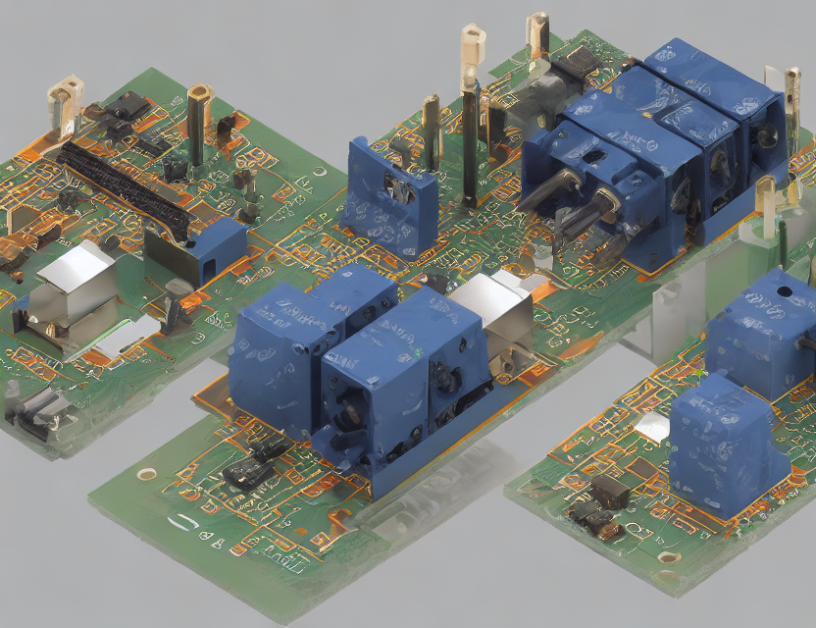In WSNs, power allocation refers to the distribution of power among different nodes or subcarriers. The goal is to optimize power usage to maximize system performance while minimizing energy consumption. Think of it like a camping trip with limited resources – you want to make sure everyone has enough food and shelter without wasting anything.
The Paper’s Contribution: A New Approach
The paper proposes a novel approach to power allocation, which the authors call "non-negative clipping." This technique ensures that the power allocated to each subcarrier is non-negative and can be visualized as a set of boxes with fixed width. Imagine building blocks with different sizes – these blocks represent the non-negative clipping in the system.
Optimizing Power Allocation: A Feasibility Study
The authors then investigate the feasibility of this approach by analyzing the performance metrics of communication and sensing. They demonstrate that optimizing power allocation can significantly improve both spectral efficiency (think of it as internet speed) and precision (think of it as image quality). This is like a race between different cars – the one with more power will definitely win.
Key Takeaways
- Power allocation in WSNs is crucial for maximizing system performance while minimizing energy consumption.
- The proposed approach, non-negative clipping, ensures that power allocation is feasible and efficient.
- Optimizing power allocation can significantly improve both spectral efficiency and precision.
- Understanding these concepts is like building a campfire – you need to balance fuel, oxygen, and heat to have a successful fire. Similarly, in WSNs, optimizing power allocation requires a delicate balancing act between communication and sensing.
Conclusion: Breaking Down Complex Concepts for Better Comprehension:
In conclusion, this summary aimed to break down the complex concepts of power allocation in wireless sensor networks into simpler terms. By using engaging analogies and avoiding technical jargon, we hope readers can better comprehend the research presented in the paper. As the authors demonstrate, optimizing power allocation is crucial for improving system performance while minimizing energy consumption – it’s like building a campfire that needs to be balanced with precision and speed.



